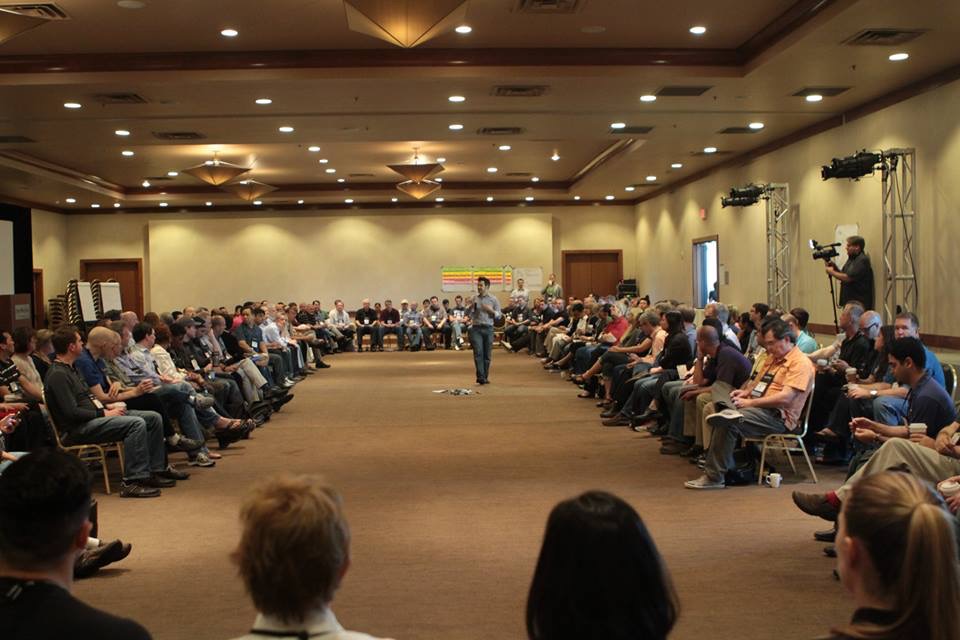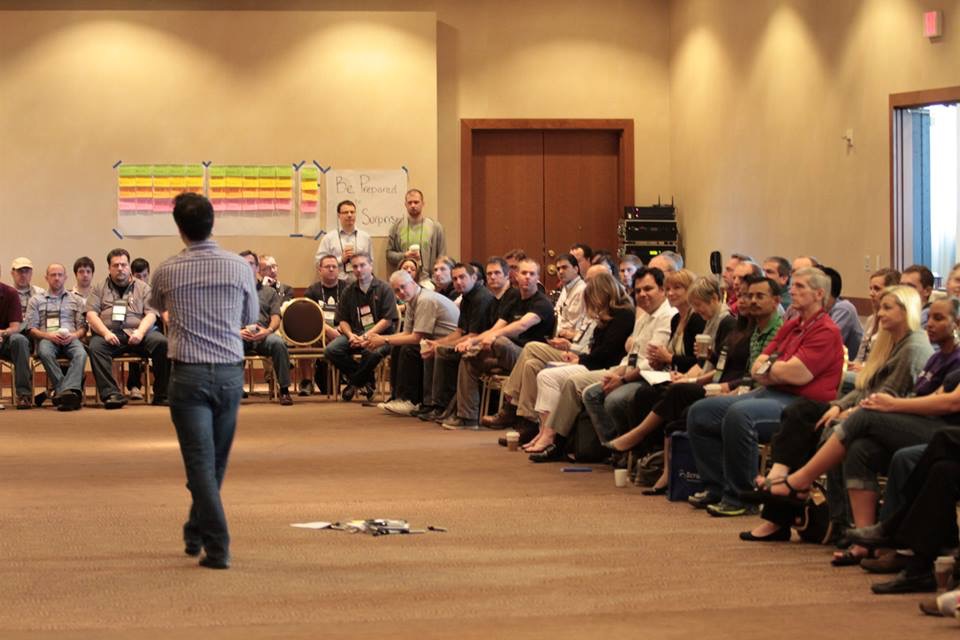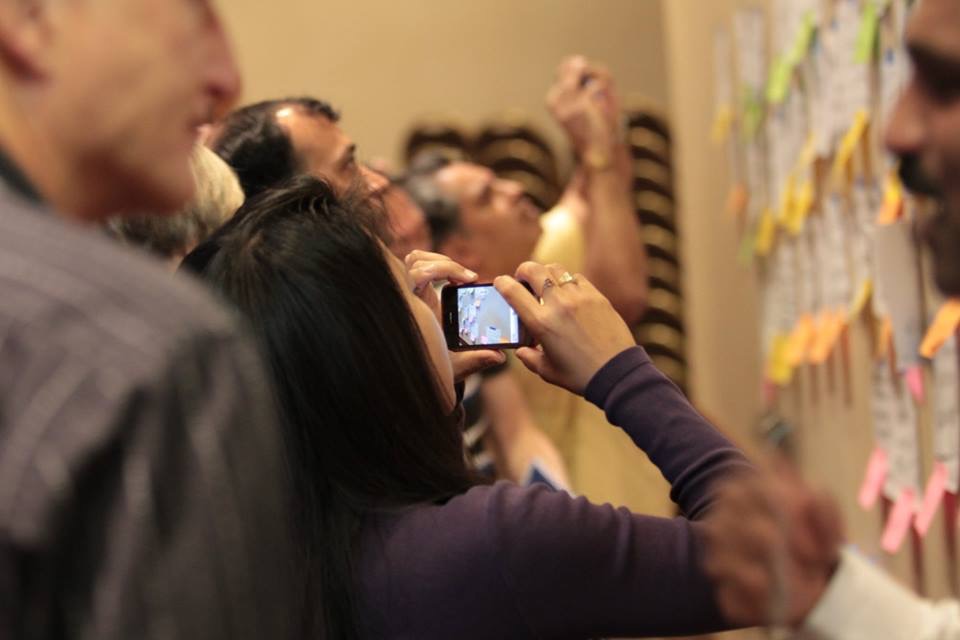Open Space
Upheaval sounds scary, but upheaval is the process that makes mountains.
Open Space Technology (OST) was advanced by Harrison Owen as a simple, effective way to translate unhindered conversation into directed, wide-reaching change. While descriptions of the process tend to heavily rely on jargon, the essence of it is uncomplicated: Self-organizing groups — such as those that run sprints — set aside a compact period of time to address and resolve issues of intimidating complexity through freeform conversation.
OST encourages deep, collaborative, creative engagement with the concerns that inhibit progress. This focus leads to transformative breakthroughs.

Why Choose Open Space Technology Facilitation?
When facing upheaval — in situations ranging from setting company vision to resolving conflict — OST provides a powerful, effective tool to bring ideas, information, and emotions to light. Through coach-led interactions, these elements often align in surprising patterns, leading to productive change.
This is possible so long as we remain open to change.
It is appropriate to use OST to address situations in which:
- A decision must be reached quickly
- Complex factors compete for prominence
- Stakeholders cover a wide range of mindsets
- Concerns are significant
- Emotions run high

How Does Open Space Technology Work?
In many ways, OST is like the eye of a storm. As factors swirl violently outside, inside we create a calm space to assess, discuss, and understand the elements that buffet us.
The freedom of OST means that anything that any participant wants to address, we address. Self-selecting groups talk about each item for as long as people choose to. Groups document their sessions and make the information available to all participants.
The framework of OST also empowers us to prioritize and organize issues, much as we would do with a product backlog. In terms of results, the process includes determining next steps and taking responsibility for agreed upon actions.
What You’ll Need:
OST can involve from 5 to 1,000 participants. It can last from a half-day to up to three days.
You’ll need:
- A big question that needs answering, such as “What should we build next?” or “How should we solve this problem?”
- A room big enough for everyone
- Chairs set in a circle
- One large wall, free of obstructions
- Access to several spaces to which sub-groups can break out
Depending on the size of the group and the length of the session, we’ll also figure out supplies — such as markers — and food.

More Questions?
If you have additional questions about Open Space Technology, our recommendation is to get in touch so we can discuss more precisely what it is and how it might work in your situation. If you’d rather continue to research on your own. Harrison Owen’s Open Space Technology: A User’s Guide is the definitive work on the subject, and his story about AT&T using OST to quickly re-design their $200M Olympic Pavilion is one of Adam’s favorites.


